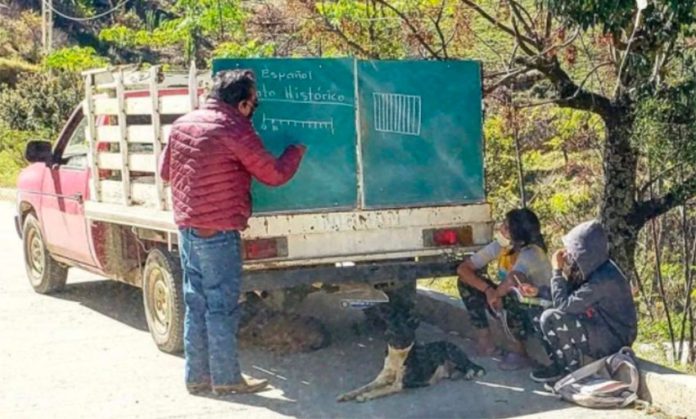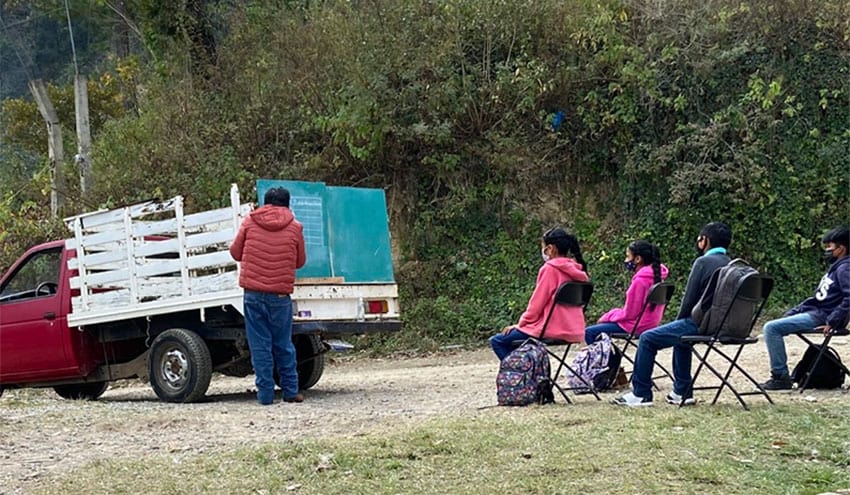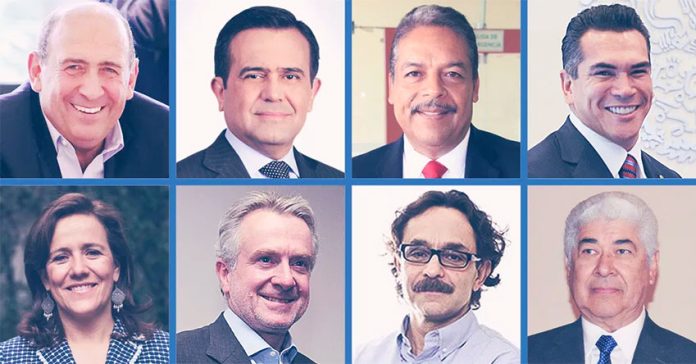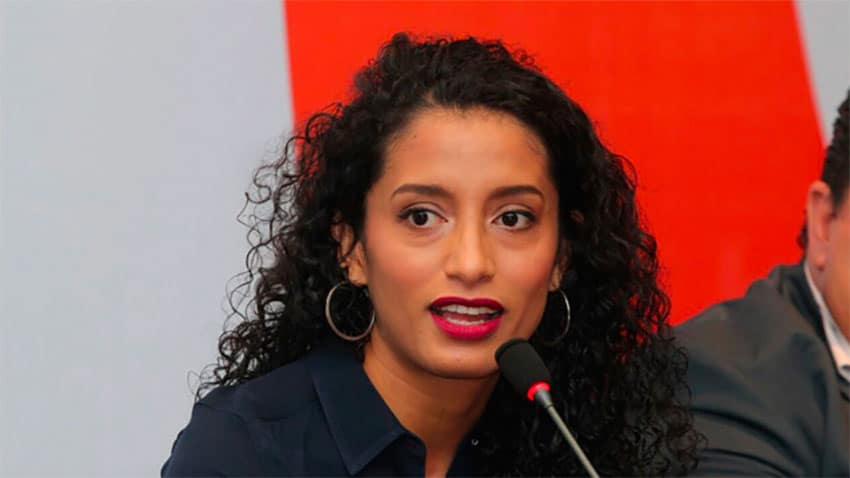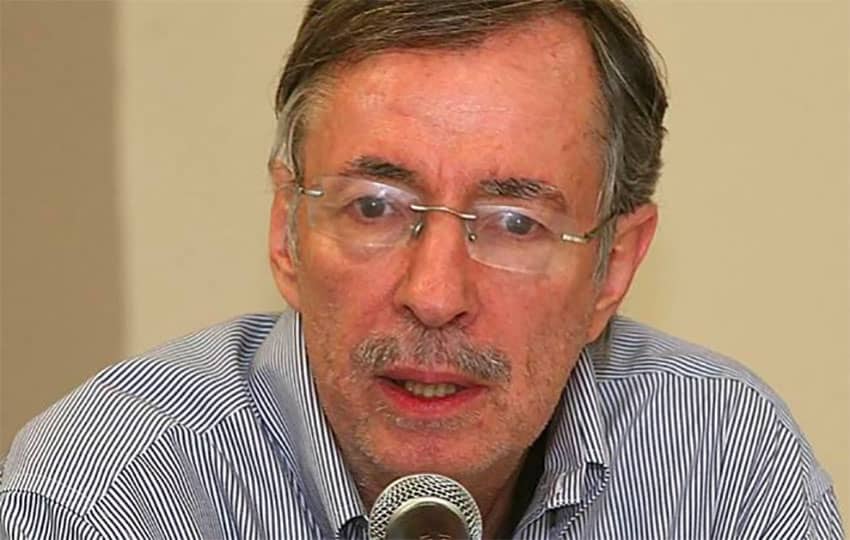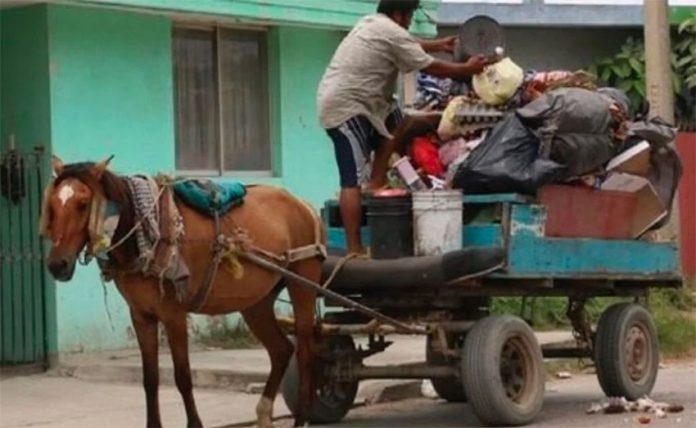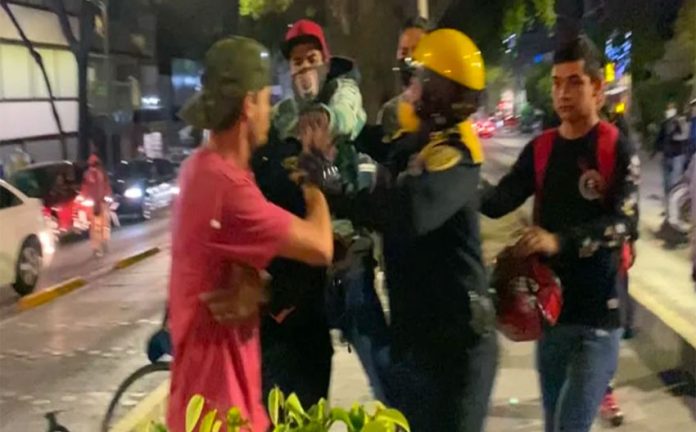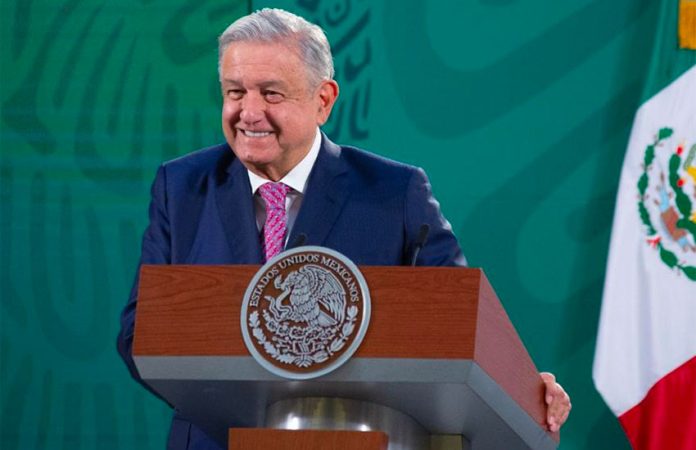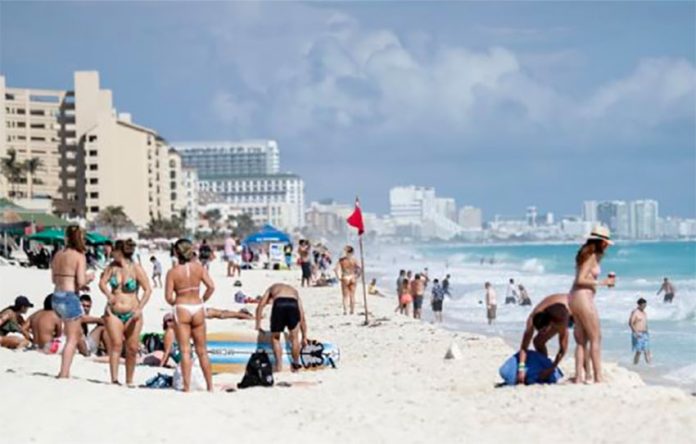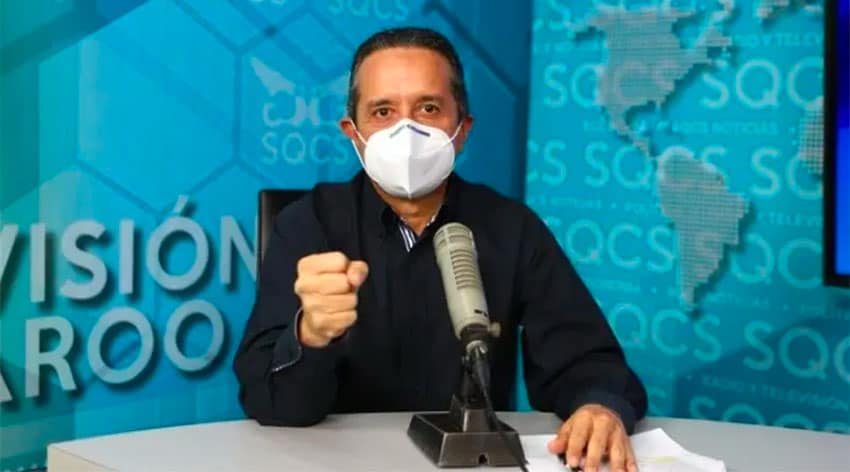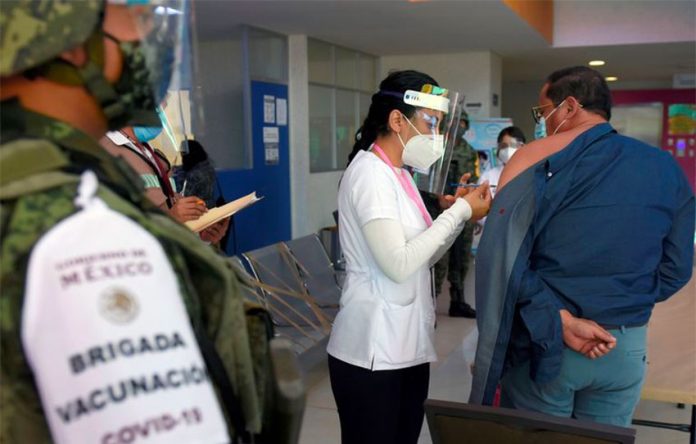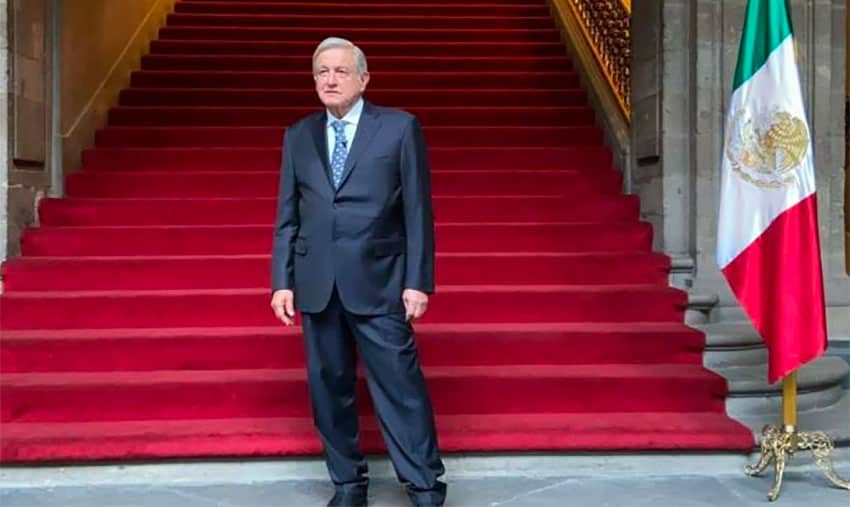It occurred to me that I’m not the only one who’s cold; temperatures all over Mexico have been unusually chilly these last few weeks.
With mornings in the mid-40s, friends in Sayulita and Puerto Vallarta wailed about having to bundle up; mountain towns like Guanajuato and San Miguel have seen a spike in heater sales; and in Mazatlán and Guadalajara folks are buying long-sleeve shirts, sweatpants and even — shockingly! — socks.
What better time to take advantage of this cold spell and make some soup? Soon enough the warm weather will return, and hot soup, no matter how delicious, will be the furthest thing from your mind.
A good stock is the foundation for many a good soup. And while it’s undeniably easier to buy packaged chicken or vegetable stock, a homemade version will be richer and full of more complex flavors.
Stock is easy to make (see basic recipe below), keeps in the freezer and is well worth your time. Think of it as a “building block;” you want to make it basic, with a simple flavor profile. Then you can add other seasonings or spices depending on the recipe you’re using it with.

Chicken Stock
Four pounds of chicken to four quarts of water will produce a good, flavorful stock; adding more chicken will make a richer, deeper stock.
- 4-8 pounds (1.8 to 3.6kg) chicken parts (wings, bones, breasts, legs)
- 4 qts. water
- 2 large yellow onions, diced
- 4 carrots, diced
- 4 celery stalks, diced
- 8 crushed cloves garlic
- 2 large sprigs parsley
- Optional: 2 packets unflavored gelatin, dissolved in ½ cup cold water
Combine everything in a large stockpot and simmer gently over low heat for 90 minutes.
Strain, cool, then transfer to containers and refrigerate until chilled, about 6 hours. Skim off and remove any fat and scum.
Refrigerate up to 5 days or freeze up to 6 months. If stock is thin even after being refrigerated, add gelatin solution, bring to a boil until fully dissolved, then refrigerate again or freeze. — seriouseats.com
Potato Cheddar Soup with Jalapeños
- 2 jalapeños, seeded & sliced thinly
- 2 limes, halved
- Salt and pepper
- Large pinch of granulated sugar or drop of honey
- 3 Tbsp. unsalted butter
- 1 large onion, diced
- 2 celery stalks, diced
- 4 garlic cloves, minced
- ½ tsp. chile powder, plus more for garnish
- 2½ lbs. potatoes, peeled, cut in 1-inch cubes
- 1 quart vegetable broth
- 2 cups grated cheddar (8 oz.), plus more for garnish
- ½ cup whole milk
- ½ cup heavy cream
- 3 scallions, white and light green parts, thinly sliced
- Chopped cilantro, for serving
Put jalapeño slices in a bowl and add enough lime juice to cover. Add a pinch of salt and sugar; set aside. In large pot, melt butter over medium heat. Add onion and celery. Sauté until lightly golden and soft, about 10 minutes.
Add garlic and chile powder. Sauté 1 minute more. Add potatoes, broth and 2 tsp. salt; bring to a simmer. Cook until potatoes are very tender, 30-40 minutes.
Using a blender or food processor, purée the soup, adding water as needed. Return soup to pot, reduce heat to medium-low. Add cheese, milk and cream. Simmer gently, stirring, until cheese melts, 1-2 minutes.
Season with salt and pepper. Top each bowl with pickled jalapeños, a drizzle of pickling liquid, pinch of chile powder, scallions, cilantro and more cheddar.

Zucchini Tomatillo Bisque
This makes a lot — recipe can be halved.
- 2 Tbsp. olive oil
- 2 Tbsp. butter
- 2-4 cloves garlic, minced
- 2 medium onions, chopped
- 6 small/medium zucchini, chopped or grated
- 2 Anaheim chiles, roasted, peeled, seeded & chopped
- 1 jalapeno, seeded & minced
- 6 tomatillos, husks removed & chopped
- 6 cups vegetable stock
- 5 corn tortillas
- 1-2 Tbsp. fresh lime juice
- ½ cup fresh cilantro, chopped
- Salt & pepper
- Garnishes: crema, cilantro, tortilla chips
Heat oil and butter in large saucepan, add garlic and onions. Sauté until softened. Add zucchini, chiles and tomatillos, stirring till coated. Add stock, bring to boil, then cover, turn heat to low and simmer 20 minutes till zucchini is tender. Tear tortillas into pieces and add to pan; stir in lime juice and cilantro.
Using blender or food processor, purée soup till smooth. Return to pan, heat and add salt and pepper to taste.
Serve topped with a dollop of crema, cilantro leaves and pinch of crumbled chips.
Creamy Mushroom Soup
Browning the mushrooms well is the secret to the richest flavor.
- 4 Tbsp. unsalted butter
- 2 lbs. mixed mushrooms (button, crimini, portabello), sliced
- Salt & pepper
- 1 onion, finely chopped
- 4 cloves garlic, minced
- 2 Tbsp. flour
- 1 cup dry sherry or white wine
- 1 cup milk
- 5 cups chicken or veggie stock
- 2 bay leaves
- For serving: Minced fresh herbs (parsley, thyme, tarragon, chives), olive oil
Melt butter in large saucepan over medium-high heat. Add mushrooms and cook, only turning them carefully a few times, until liquid evaporates and mushrooms are very well-browned, about 12 minutes. Add onion, cook 3 minutes more. Add garlic, then flour. Continue cooking and stirring.
Add sherry/wine and cook until reduced by about half, scraping browned bits from bottom of pan. Add milk, stock and bay leaves; stir to combine. Bring to low simmer, cook 20 minutes. Remove bay leaves.
Pureé soup in a blender or food processor. Season to taste with salt and pepper. Serve immediately, garnished with minced herbs and a drizzle of olive oil.

Mimi’s Mexican Chicken Soup
- 2 Tbsp. olive oil
- 1 onion, chopped
- 2 cloves, garlic, minced
- 1 red bell pepper, sliced
- 1 qt. chicken stock
- 1/3 cup fresh lime juice
- 1 boneless cooked chicken breast, shredded
- 1 cup cooked rice
- 1 cup chopped tomatoes
- ½ cup chopped fresh cilantro
- Salt & pepper
In large saucepan, heat oil and sauté onion, garlic and bell pepper until softened, 3-4 minutes. Add stock, bring to a boil. Add lime juice, chicken meat and rice; bring to boil again. Add tomatoes and cilantro; turn off heat. Season to taste with salt and pepper.
Janet Blaser is the author of the best-selling book, Why We Left: An Anthology of American Women Expats, featured on CNBC and MarketWatch. A retired journalist, she has lived in Mexico since 2006.


